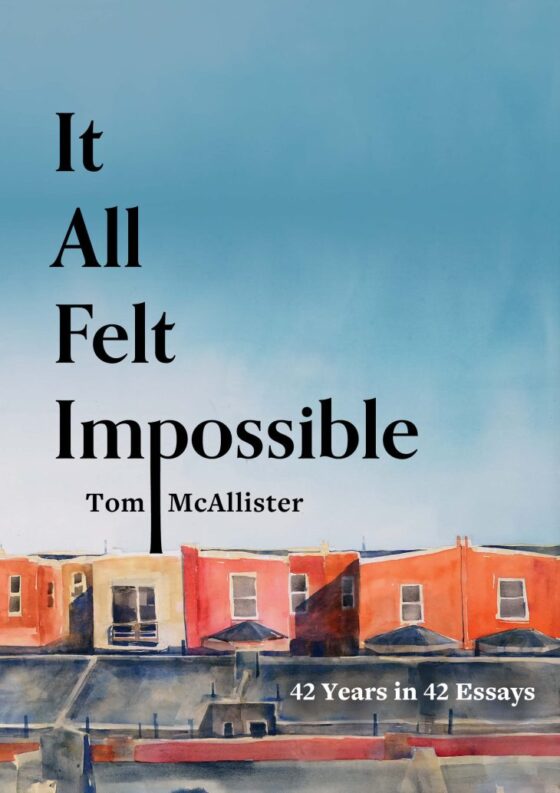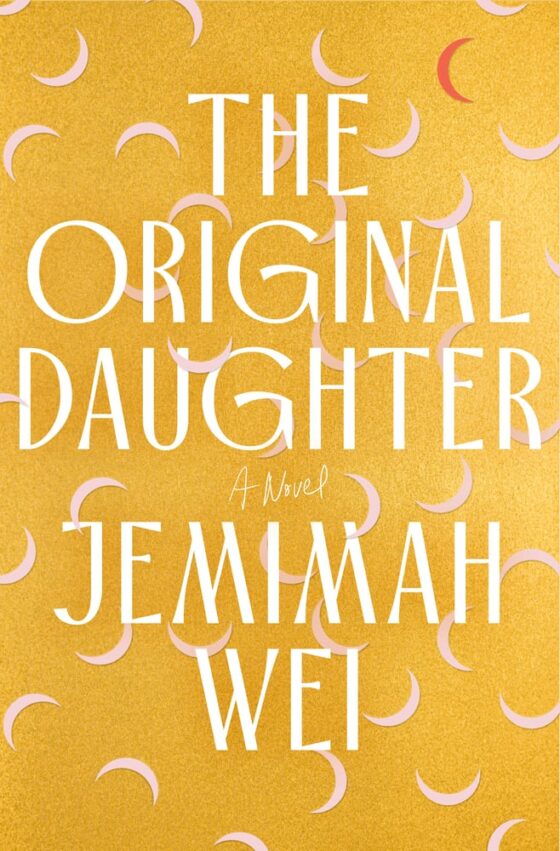(adj.); inscribed only on one side; c. 1870-75
“As literary quarrels go, [Boisrobert’s denunciation of Homer] was a particularly good one, because it wasn’t really about technique but about the quality of ideas, about the relationship between knowledge and innovation, and not least about the value of originality.”
—Arthur Krystal, “What We Lose if We Lose the Canon”
Every writer knows that a published work never exists in a vacuum: the moment it reaches the reading public, it becomes apart of a cultural fabric, the author’s words at the mercy of his readers’ interpretation. A written work is, in that sense, never inscribed solely on one side: the critical reader seeks to uncover the hidden meaning of the text. Arthur Krystal’s insightful piece in The Chronicle of Higher Education serves as a reminder about the relationship not only between writer and reader, but between writers and their own harshest critics—other writers—and how those relationships have shaped literature.




